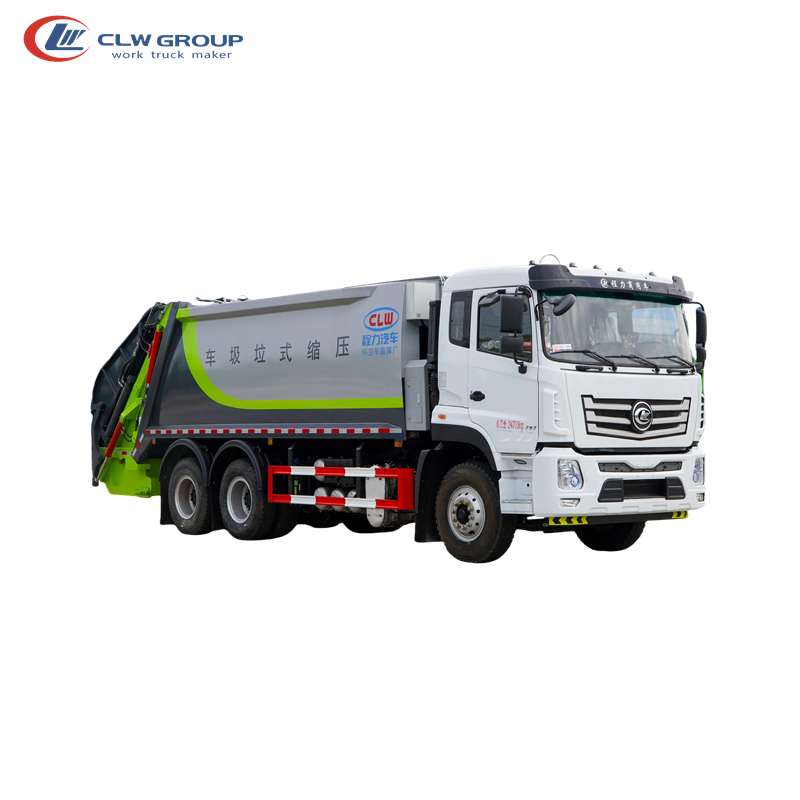Introduction:
Truck mounted cranes are versatile and powerful machines that play a crucial role in various industries such as construction, transportation, and logistics. These cranes are mounted on trucks, allowing for easy mobility and flexibility in lifting and transporting heavy loads. Mastering the operation of a truck mounted crane requires a combination of technical knowledge, practical skills, and a strong focus on safety. In this comprehensive guide, we will delve into the intricacies of truck mounted crane operation, covering everything from basic components to advanced techniques.
1. Understanding Truck Mounted Cranes
Truck mounted cranes, also known as boom trucks or mobile cranes, consist of a crane mounted on a truck chassis. The crane is typically hydraulically powered and features a telescopic boom that can be extended and retracted to reach various heights and distances. These cranes come in different sizes and configurations, with lifting capacities ranging from a few tons to over a hundred tons.
Key Components of a Truck Mounted Crane:
- Crane Boom: The main structural component of the crane that extends and retracts to lift and lower loads.
- Counterweights: Additional weights added to the crane to help balance the load and prevent tipping.
- Outriggers: Extendable legs that provide stability and support when the crane is in operation.
- Controls: Hydraulic levers and buttons that control the movement of the crane, including lifting, lowering, and swinging.
2. Safety Considerations
Safety is paramount when operating a truck mounted crane due to the inherent risks associated with lifting heavy loads at height. Operators must undergo proper training and certification to ensure they have the knowledge and skills to operate the crane safely. Some key safety considerations include:
- Inspecting the crane before each use to check for any signs of damage or wear.
- Ensuring the load is within the crane's rated capacity and properly secured.
- Maintaining a safe distance from power lines and other hazards.
- Using proper rigging techniques to secure the load and prevent accidents.
- Following all manufacturer guidelines and industry best practices for crane operation.
3. Pre-Operation Checks
Before operating a truck mounted crane, operators must perform a series of pre-operation checks to ensure the crane is in proper working condition. These checks help identify any potential issues that could compromise the safety and efficiency of the crane. Some key pre-operation checks include:
- Checking the hydraulic fluid level and ensuring there are no leaks in the hydraulic system.
- Inspecting the crane boom for any signs of damage or wear.
- Testing the controls to ensure they are functioning properly.
- Verifying that all safety devices, such as overload sensors and emergency stop buttons, are in working order.
- Ensuring the outriggers are deployed and properly positioned for stability.
4. Operating Techniques

Operating a truck mounted crane requires a combination of technical skill and situational awareness. Operators must be able to maneuver the crane accurately and efficiently to lift and transport loads safely. Some key operating techniques include:
- Positioning the crane: Before lifting a load, operators must position the crane in a stable location with the outriggers deployed.
- Communicating with the ground crew: Clear communication between the operator and ground crew is essential to ensure the safe and efficient movement of the load.
- Using proper rigging techniques: Securing the load with the appropriate rigging equipment is crucial to prevent accidents and ensure the load remains stable during lifting.
- Monitoring load capacity: Operators must be aware of the crane's rated capacity and never exceed it to prevent overloading and potential tipping.
- Maintaining a safe working zone: Operators should establish a clear working zone around the crane to prevent unauthorized personnel from entering the area.
5. Advanced Techniques and Applications
Truck mounted cranes are versatile machines that can be used for a wide range of lifting and transporting tasks. Advanced techniques and applications of truck mounted cranes include:
- Heavy lifting: Truck mounted cranes with high lifting capacities are used for lifting heavy machinery, equipment, and materials on construction sites.
- Precise placement: Cranes equipped with telescopic booms and precise controls are used for placing materials with accuracy, such as steel beams or precast concrete elements.
- Emergency response: Truck mounted cranes are often used in emergency response situations, such as lifting vehicles or debris after accidents or natural disasters.
- Utility work: Cranes equipped with specialized attachments, such as buckets or augers, are used for utility work, such as installing power lines or repairing telecommunications equipment.
https://www.worktruckmaker.com/the-essential-guide-to-tanker-trucks-types-uses-and-safety-considerations/ :
Mastering the operation of a truck mounted crane requires a combination of technical knowledge, practical skills, and a strong focus on safety. By understanding the key components of the crane, following strict safety protocols, conducting pre-operation checks, and mastering operating techniques, operators can safely and efficiently operate a truck mounted crane for various lifting and transporting tasks. With proper training and experience, operators can maximize the capabilities of a truck mounted crane and contribute to the success of projects in industries such as construction, transportation, and logistics.
